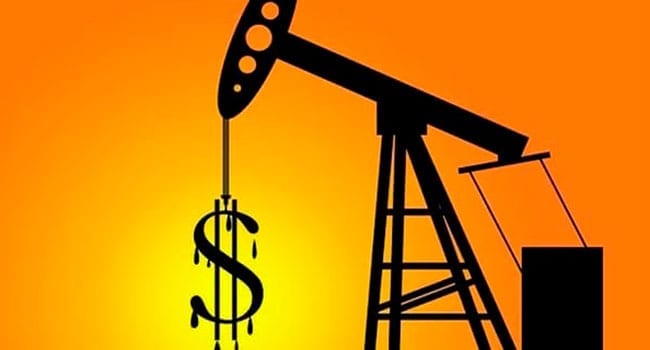 Climate change is at the top of U.S. president-elect Joe Biden’s priority list.
Climate change is at the top of U.S. president-elect Joe Biden’s priority list.
By nominating a person of the stature of former secretary of state John Kerry as the special presidential envoy on climate change, Biden has spelled out his intentions.
The message is getting loud and clear to stakeholders.
Consequently, the rush to monetize oil and gas assets is gathering momentum. Despite weak markets, low oil prices and dim future projections, stakeholders are striving to pluck the low-hanging fruit.
The United Arab Emirates plans to increase oil production capacity. Last week, it approved plans to invest US$122 billion in the oil and gas sector over the next five years. Bloomberg reported that the country plans to raise its crude oil capacity to five million barrels per day (bpd) by 2030, from four million bpd now. (COVID-19-related output controls cap U.A.E.’s current production at roughly 2.6 million bpd.)
The decision by U.A.E. to boost capacity could be a move to monetize its vast oil reserves before the expected peak in oil demand.
The Abu Dhabi National Oil Co. (ADNOC) recently announced the discovery of an additional two billion barrels at conventional fields. That brings U.A.E.’s total reserves of recoverable oil to 107 billion barrels. ADNOC has also found an extra 22 billion barrels of unconventional oil, which is more difficult to extract and all of it may not be recoverable.
Elsewhere, Norway has offered 136 blocks in the Barents Sea and the Norwegian Sea, opening the way for a major expansion of exploration in the Arctic.
All this is happening in a rapidly changing and challenging energy environment.
Most oil producers, especially in the Arab states of the Persian Gulf region, face immense financial pressures. In a bid to escape this financial quagmire, they’re turning to debt markets. Bond issues in the region have already hit US$100 billion, exceeding the previous record for bonds issued in 2019.
In order to meet the $75-billion dividend pledge to shareholders, Saudi Aramco – the world’s largest and most integrated oil company – had to raise $8 billion recently from the debt markets. The slump in crude prices cut Aramco’s profit by 45 per cent in the third quarter and it has little funds to meet its dividend obligations.
This was the second time in two years that Aramco tapped the bond market. Last year, it got US$12 billion in its first international bond issuance, for which it received more than US$100 billion in orders.
Major oil producer Kuwait, one of the world’s wealthiest countries, also faces a debt crisis. AP reports that this fall rating agency Moody’s downgraded Kuwait for the first time in its history. Kuwait’s national bank says the country’s deficit could hit 40 per cent of its gross domestic product this year, the highest level since the financial devastation of the 1990 Iraqi invasion and the subsequent first Gulf War.
Also for the first time in history, Kuwaiti oil revenues wouldn’t cover salaries and subsidies, which have swelled since 2006 and now eat up more than 70 per cent of the national Kuwaiti budget.
Loading on debt looks like the only way to plug the budgetary deficit without further escalating the already tough austerity measures. Tough measures could be highly unpopular in the oil monarchies and carry political consequences.
But monetizing assets in the current market may still not meet the growing requirements of major oil-producing countries.
Toronto-based Rashid Husain Syed is a respected energy and political analyst. The Middle East is his area of focus. As well as writing for major local and global newspapers, Rashid is also a regular speaker at major international conferences. He has been asked to provide his perspective on global energy issues by both the Department of Energy in Washington and the International Energy Agency in Paris.
For interview requests, click here. You must be a Troy Media Marketplace media subscriber to access our Sourcebook.
The views, opinions and positions expressed by columnists and contributors are the author’s alone. They do not inherently or expressly reflect the views, opinions and/or positions of our publication.

